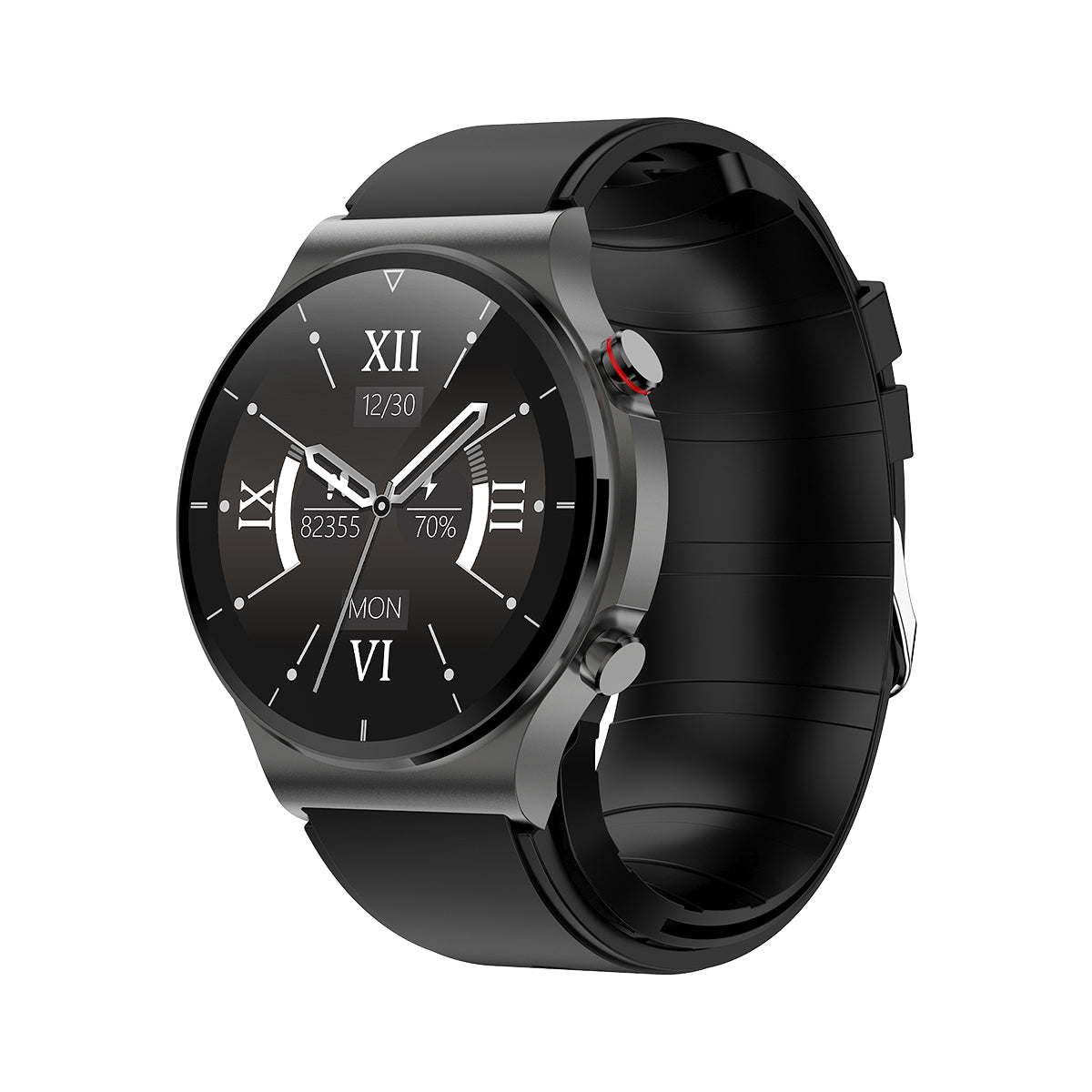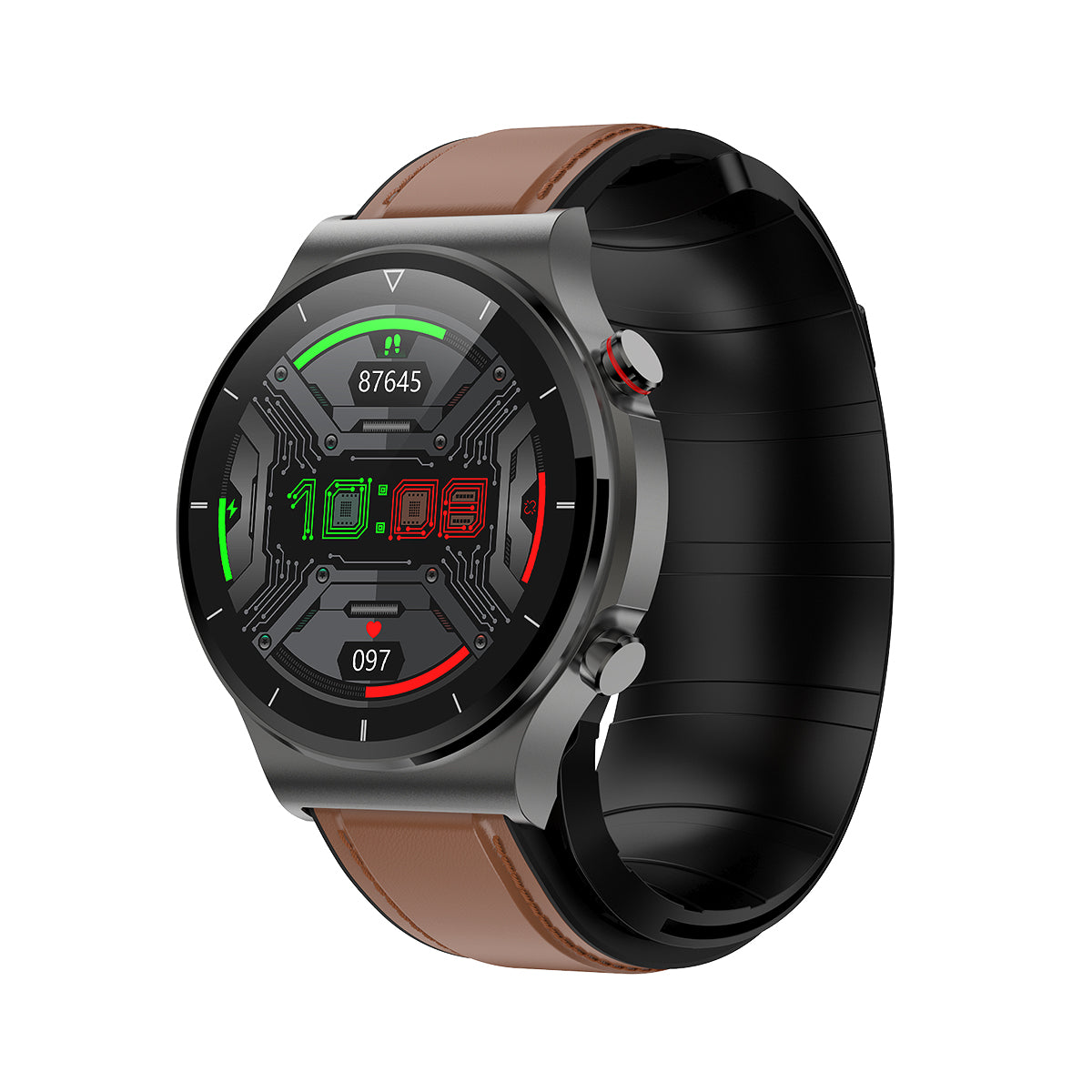Smart Watch Blood Pressure
Exercise is a cornerstone of a healthy lifestyle, but for individuals with high blood pressure, it's crucial to approach physical activity with care. Managing your blood pressure while exercising requires a thoughtful approach to ensure your cardiovascular health remains a priority. In this blog post, we'll delve into practical tips to help you strike the right balance between staying active and maintaining optimal blood pressure levels.
Understanding the Connection
High blood pressure, also known as hypertension, can pose risks during exercise if not managed effectively. Physical activity can both affect and be affected by blood pressure. Understanding this intricate relationship is key to making informed decisions about your exercise routine.
-
Consultation with a Healthcare Professional: Before beginning any exercise regimen, consult your healthcare provider. They can offer insights into what types of exercise are suitable for your specific condition and help you set safe intensity levels.
-
Gradual Intensity Increase: Start with low-impact exercises and gradually increase the intensity over time. This approach allows your body to adapt to changes in heart rate and blood pressure more smoothly.
-
Monitor Your Blood Pressure: Invest in a reliable blood pressure monitor and track your levels regularly, especially before, during, and after exercise. This helps you gauge your body's response to different activities.
-
Choose the Right Activities: Opt for exercises that are gentle on your cardiovascular system, such as walking, swimming, cycling, and yoga. These activities can improve circulation without placing excessive strain on your heart.
-
Warm-Up and Cool-Down: Prioritize warm-up and cool-down routines to prepare your body for exercise and gradually bring it back to a resting state afterward. This helps prevent sudden spikes in blood pressure.
-
Stay Hydrated: Proper hydration is vital for blood pressure regulation. Drink water before, during, and after your workout to maintain your body's fluid balance.
-
Listen to Your Body: Pay attention to your body's signals. If you feel dizzy, lightheaded, or experience chest pain, stop exercising and seek medical attention if necessary.
-
Consistency and Regularity: Consistency is key. Aim for regular, moderate exercise sessions instead of occasional intense workouts. This approach can lead to more stable blood pressure levels.
Exercise is a powerful tool for managing blood pressure, but it requires a thoughtful and informed approach. By working closely with your healthcare provider, choosing suitable activities, and monitoring your body's response, you can enjoy the benefits of physical activity while safeguarding your cardiovascular health.
Stay active while prioritizing your cardiovascular health with our smart health monitor watch from BP Doctor. Track your blood pressure and optimize your workouts for a healthier you. Discover the perfect balance between exercise and blood pressure management.










